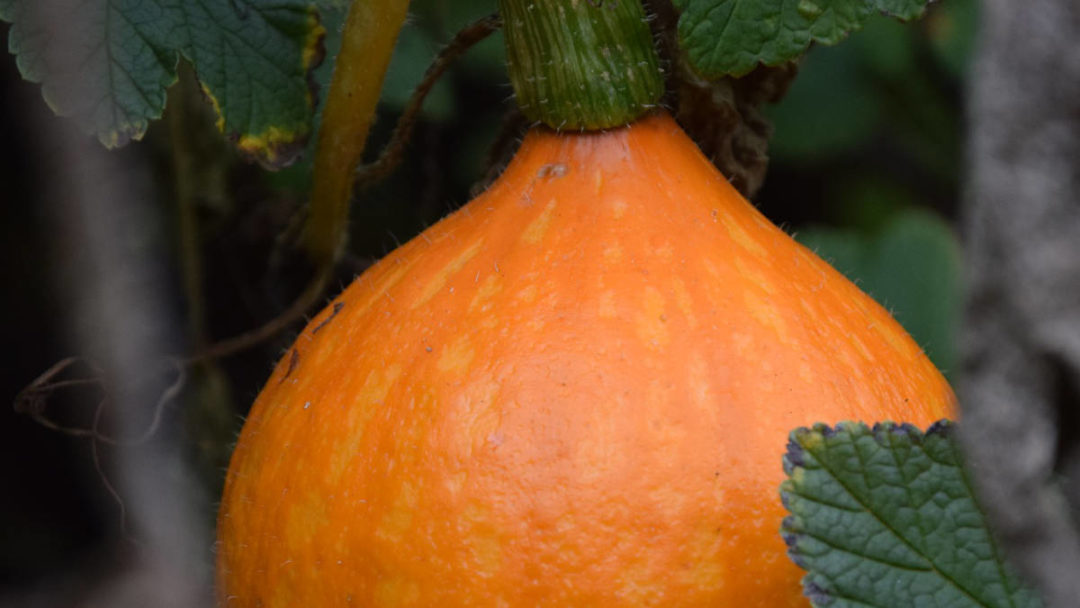Welcome to the 5th century BC. The Celtic tribe of the Boii on our territory is currently building their oppida and fighting hard battles for survival with Germanic invaders. But thousands of kilometers across the ocean, in a completely different world, in Central and South America, people are still peacefully “indulging” in tomatoes.
The ancestors of the tomato plant have been present on the planet for millions of years according to fossil findings, but it is only through relatively recent domestication that they become part of the daily diet. Central American Aztecs also use the seeds as a strong aphrodisiac, while South American natives use the plant in ceremonies to induce hallucinations. The flow of nirvana and tomato pleasures suddenly ends with the arrival of Europeans in America in the 16th century. Spanish conqueror Hernán Cortés is likely the first to bring small yellow tomatoes to Europe in 1521, after the conquest of the Aztec city of Tenochtitlan.
The novelty from overseas arouses enormous interest. Italian botanist Pietro Andrea Mattioli, who lived from 1501-1577, mentions it in his herbarium as a “golden apple,” emphasizing its strong aphrodisiac effects. However, the inhabitants of the old continent are skeptical. What if it is the creation of the devil himself? After all, there is no mention of tomatoes in the Bible. And then there are all those strange effects and cases of mysterious fatal poisonings!
Why don’t they taste like they used to? We often hear that tomatoes are no longer what they used to be. Supermarkets offer deep red, fragrant, and shiny fruits, whose only flaw is that they have no taste at all and spoil quickly. Scientists have recently identified thirteen volatile compounds that give the right tomatoes their specific taste. However, you won’t find them in modern varieties because they have been lost in recent decades in the pursuit of the largest, most productive, and most resistant fruits. The solution is to buy tomatoes from local farmers. Only then can you be sure that overbred tomatoes have not traveled green from the other side of the world and ripened in warehouses. At Aramark, as part of the Journey to the Plate project, we buy tomatoes from our Czech farms in season and serve them to you within 72 hours of harvest.
Damn Poisonous
Even at the end of the 18th century, the tomato in Europe is nicknamed the “poisonous apple.” Many aristocrats and wealthy people suffer poisoning and die after consuming ripe tomatoes, while poor people never experience any harm. As it later turns out, it is not so much a curse but rather the misfortune of the powerful.
During the Renaissance, the upper classes use pewter dishes with a high lead content. The acidic pH of tomato fruits causes a highly toxic substance to be released from the dishes upon contact. However, the poor use wooden plates, so they enjoy a daily dose of health-beneficial substances thanks to tomatoes.
With the reputation of a “devilish” plant, tomatoes are initially grown in Europe mainly for decoration. Thanks to this, breeding begins to produce varieties of various shapes, colors, and sizes. Currently, it is said that there are over 25,000 varieties worldwide. And more are constantly being added.
Tomatoes gradually repair their tarnished reputation only in the 19th century. Especially with the invention of Italian pizza, they conquer the whole world. It is estimated that the current annual production of tomatoes worldwide is about 130 million tons, one-third of which is industrially processed into ketchup, puree, ready-made sauces, etc.
Why Tomatoes Are Healthy
Tomatoes have a wide range of beneficial effects. They significantly reduce the risk of cancer, help prevent cardiovascular diseases, flush toxins from the body, lower hypertension, regulate cholesterol levels, reduce the severity of blood clots, and even soothe inflammations. Besides, they contain fiber and have very few calories, making them popular in various diets. A peculiarity of tomatoes is that when stewed or sautéed in a small amount of quality oil, they provide the body with slightly more antioxidants than in their raw state.
Tomato on Trial
Fruit or vegetable? What exactly is a tomato? There is no simple answer. For botanists, the tomato plant is a perennial cultivated shrub, so they consider its fruits to be fruit. Since 2011, the European Parliament has viewed the issue similarly. On the other hand, growers, chefs, consumers, and even the Czech Statistical Office consider tomatoes exclusively as vegetables.
The dispute over the correct classification is even addressed by the US Supreme Court in 1893. When then-President Chester A. Arthur imposes a tariff on all imported vegetables, tomato importers are not pleased, as they could lose a lot of money. In the case of Nix vs. Hedden, the verdict is that the tomato is a vegetable because consumers treat it as such. Subsequently, the tomato is established as the state vegetable in New Jersey, while in Arkansas, it is both the state fruit and vegetable. After another court case in 2005, the tomato is newly classified as a fruit in the states of Tennessee and Ohio.
Not Suitable for the Fridge
Tomatoes are not suitable for long-term storage. They taste best, of course, right after being picked. They can maintain their great taste for a maximum of two to three days at a temperature slightly above 10 degrees Celsius. In the cooler environment of the fridge, tomatoes lose their flavor and become more mealy. Ideally, store them stem-side down in a cool corner of the room in a bowl or basket and consume them as soon as possible.





